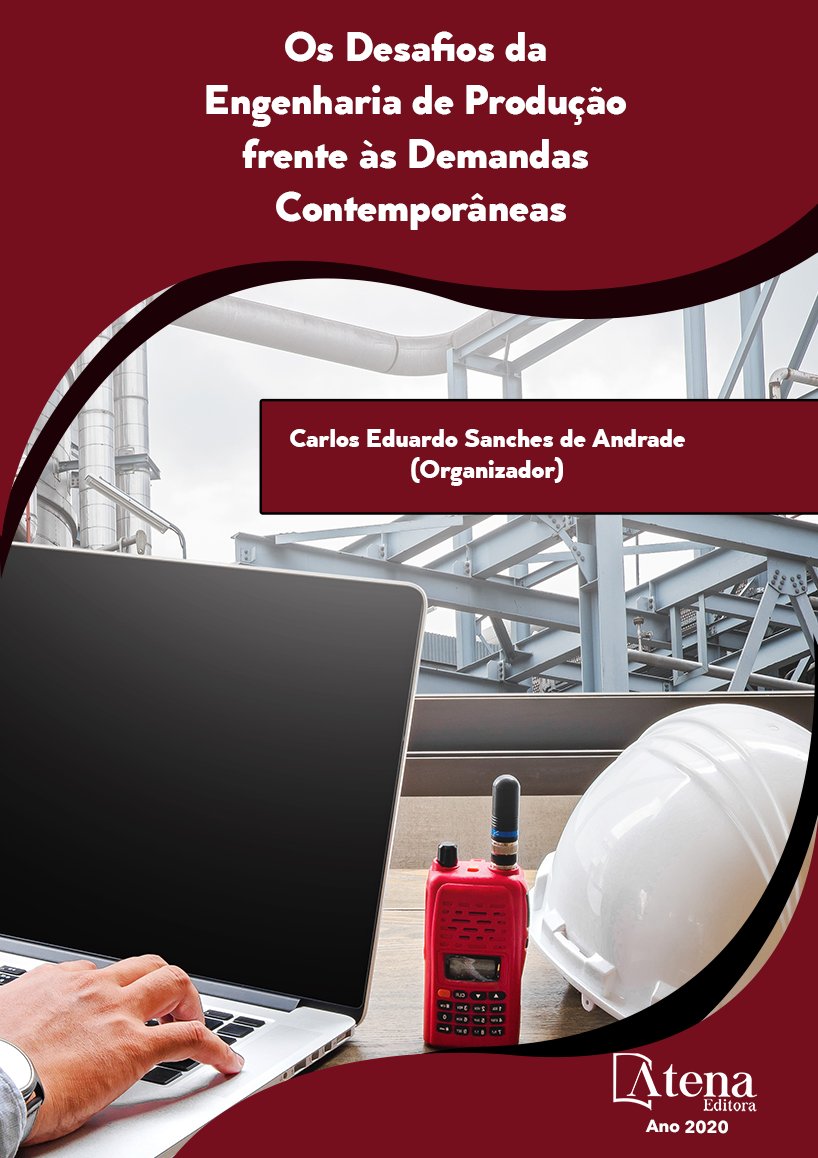
VIABILIDADE DE ALTERAÇÃO DE MATÉRIA-PRIMA NA CONFECÇÃO DE MODELOS EM POLIURETANO
A pesquisa do presente trabalho tem
por finalidade analisar a viabilidade da troca de
matéria-prima na confecção de modelos em
poliuretano rígido em uma empresa do ramo
de rotomoldagem. Sabendo que o modelo é
utilizado na confecção de casca de fibra para o
processo de fabricação do molde em alumínio,
verificou-se que o material de poliuretano
de baixa densidade (40Kg/m³) era frágil ao
processo provocando atrasos na elaboração
do modelo. Desta forma, busca-se a viabilidade
de alteração para uma matéria-prima com
densidade elevada (100Kg/m³), examinando
o custo atual com o proposto e sugerindo
um modelo de alteração de matéria-prima
demonstrando seus resultados. A análise do
custo atual realizado em conjunto com o modelo
proposto considerou modelos semelhantes,
onde alterou-se somente a matéria-prima de
alta para baixa densidade. Foi possível distinguir
algumas diferenças, sendo que o material
de alta densidade apresentou significativas
melhorias referente ao processo de produção
do modelo, enquanto o material de baixa
densidade apresentou pontos inferiores ao de
alta densidade. Apesar de todos os benefícios
observados, o custo empregado com o material
de alta densidade se tornou relativamente alto
em comparação com o de baixa densidade,
inviabilizando assim a troca de matéria-prima.
VIABILIDADE DE ALTERAÇÃO DE MATÉRIA-PRIMA NA CONFECÇÃO DE MODELOS EM POLIURETANO
-
DOI: 10.22533/at.ed.1342013019
-
Palavras-chave: Poliuretano; Modelo; Casca de Fibra; Rotomoldagem
-
Keywords: Polyurethane; Model; Fiber bark; Rotational molding.
-
Abstract:
The purpose of this research is to
Os Desafios da Engenharia de Produção frente às Demandas Contemporâneas Capítulo 9 109
analyze the viability of raw material exchange in the manufacture of rigid polyurethane
models in a rotomolding company. Knowing that the model is used in the manufacture
of fiber shell for the aluminum mold manufacturing process, it was found that the low
density polyurethane material (40Kg/m³) was fragile to the process causing delays in
the elaboration of the model. Thus, the feasibility of changing to a high density raw
material (100Kg/m³) is sought, examining the current cost with the proposed one and
suggesting a model of changing the raw material demonstrating its results. The current
cost analysis performed in conjunction with the proposed model considered similar
models, where only the raw material from high to low density was changed. It was
possible to distinguish some differences, since the high density material presented
significant improvements regarding the model production process, while the low density
material presented lower points than the high density. Despite all the observed benefits,
the cost of high density material has become relatively high compared to low density
material, thus making the exchange of raw materials unfeasible.
-
Número de páginas: 16
- Rovane Pereira Picinini
- Nilo Alberto Scheidmandel
- Anderson Hoose


